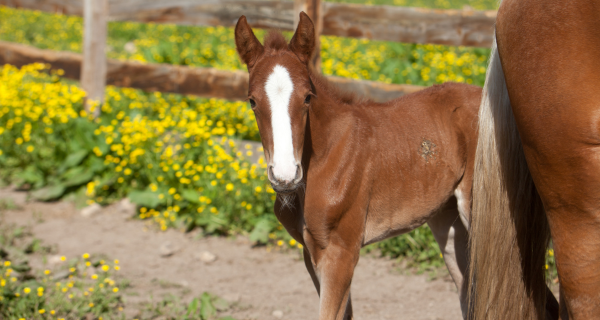
Written and published by The Pet Directory, with information and images supplied by Dr. Gary Ashton BVSc Dipl.All.Sc and Stephen K Joslyn BVSc BVMS
The foaling season is an exciting time for any horse owner, but at the same time unexpected complications can arise and only with basic understanding of the normal foaling processes owners can minimise the risks to both the foal and the mare.

The average gestation (length of pregnancy) in horses is 11 months (~342 days), with minimal variation between breeds. Any pregnant mare foaling earlier than day 322 is considered premature and the survival of the foal will be at risk. Veterinary intervention is almost always needed. Pregnant mares that carry past their due date should not alarm owners, but communication with a veterinarian is advisable. Due to the complex relationship between the foetus and mare, foaling does not begin until both the foal and the mare are ready.
Besides the obvious ever-enlarging abdomen, there are more accurate ways to detect the impending parturition (Foaling). These signs give enough warning to owners allowing them to prepare for the new arrival.
Within a week of foaling owners may notice the mare’s behaviour change. She may be more aggressive to other horses or isolate herself from them. These signs do vary with individuals.
Within 2 – 3 days of foaling, the mare’s udder will begin to enlarge (Bag-up).
Waxing on the ends of the teats will give a 24-48-hour notice of the impending parturition. It is common for owners to check the teats twice a day once the mare has “Bagged-up” to ensure they notice the waxing as it happens. Do take care as the mare’s udder can be incredibly sensitive.

Parturition: The foaling process is made up of 3 distinct stages.
Stage 1) Behavioural changes, restlessness and possibly mild colic signs as uterine contractions begin. This is the stage where the fluid filled sac surrounding the foal breaks (Water Breaking). This stage should last no longer than 4 hours. If so, Veterinary intervention is needed.
Stage 2) This stage is characterised by strong abdominal contractions expelling the foal from the vagina. Usually occurs with mare lying on her side. Veterinary intervention is needed if this lasts more than 30 minutes, if there is active straining with no progress or there is no straining at all.
Stage 3) involves expulsion of the foetal membranes (sacs and placenta) which can take anywhere between 30 and 180 mins. Veterinary intervention is needed if the membranes are retained for more than 6 hours as infection and complications such as laminitis can result.
The placenta should be examined after it is expelled to ensure it there in its entirety. The shape should resemble a letter “F” and any obvious tears in the otherwise smooth boarders should be discussed with a veterinarian. Always use gloves when examining the placenta.

Foal Behaviour:
Once the foal is expelled it should right itself within 2 minutes and be standing within 1-2 hours. The foal is considered abnormal if it takes longer than 2 hours to stand.
The suckle reflex should be apparent within 30 minutes and the foal should nurse from the mare within 2 hours. Most foals have nursed twice within 2 ½ hours.
The foal should also show signs, when not sleeping, of frisky play by 2 hours and galloping play by 7 hours!
Foals are born naïve of antibodies:
Normally foals suckle good quality colostrum in sufficient quantities over the first 12-24 hours to absorb antibodies directly from the gut into the bloodstream to produce a circulating level of antibodies that will last until they are old enough to produce their own at several months. Several factors can and do go wrong which leads to failure or partial failure of this ‘passive’ transfer of immunity, one of the most common predisposing factors to infectious disease.

Sometimes mares fail to produce quality colostrums or more frequently mares run their milk often for several days before foaling. Much or all of the antibodies are on the ground so consequently these foals are immunodeficient. Another factor is that some foals are weak or suffer some trauma at birth or shortly after and are consequently unable to suckle adequate amounts of colostrum in the short window of opportunity available for their absorption intact from the gut. After this time proteins are broken down into their structural components [amino acids] before absorption.
Mare colostrum can be checked for antibody levels.
Excess colostrum can be saved frozen for at least 12-24months and used as required. Sometimes just milking the mare and timely bottle-feeding a weak foal can provide adequate transfer of immunity. Foal blood can also be tested to assess adequate transfer of antibodies at 24 hours of age. Currently there is a field test available to test successful transfer of antibodies to the foal. Valuable foals need to be tested for successful transfer to be eligible for insurance. If foals fail this test there is a commercially available source of equine plasma rich in antibodies [natural product harvested from ‘hyperimmunised’ donor horses]. In the first 12 hours of life this product can be given orally. After 12 hours the product must be given intravenously. Antibody levels can be retested after treatment if required. With adequate antibody levels foal survival is dramatically enhanced.
Most foals will stand within an hour of birth and should suck the mare within 2 hours:
Foals with problems stop sucking the mare, the udder enlarges and drips milk. Colts more commonly have problems passing the first faeces [meconium] than fillies. Enemas are given routinely or as required to prevent signs of abdominal pain associated with retained meconium. Overwhelming infections most commonly occur in immunodeficient foals with entry via the umbilicus. Dehydration as a consequence develops very quickly. Commonly foals have diarrhoea associated with the first
oestrus or foal heat at about 10 days of age. Foals need to be watched closely for the first 10 days. Other conditions occur also from time to time. Early intervention dramatically improves chances of survival.


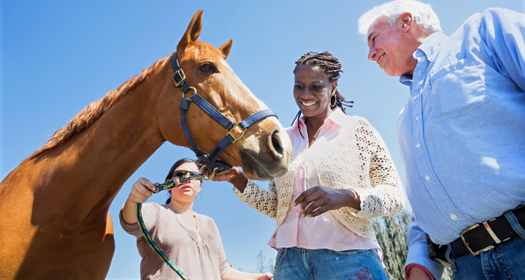
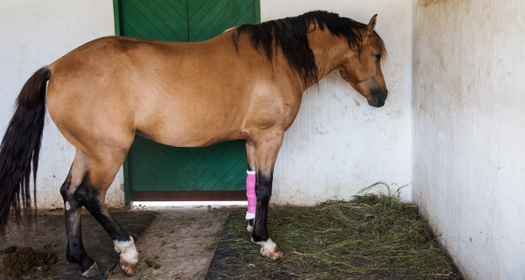
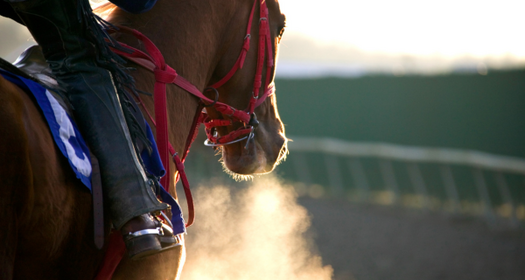
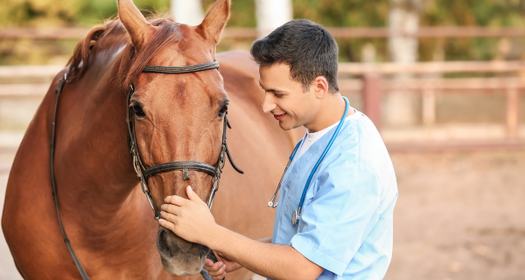
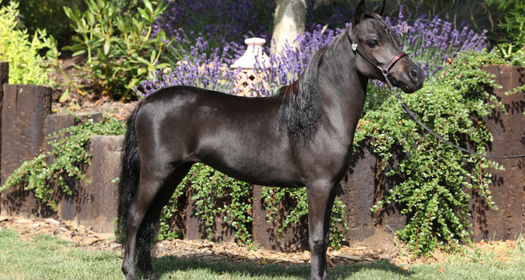




Leave Comment Below